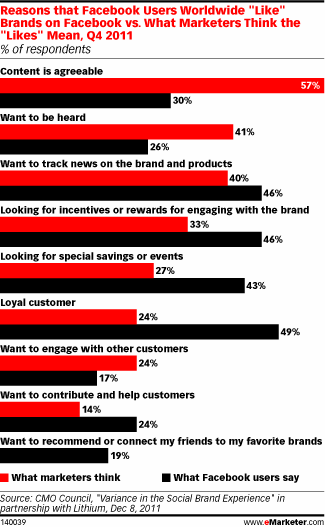But what strikes me the most is that The Times here has essentially decided that reaching an audience is more important than building an audience that’s loyal to the New York Times brand.
The analogy that comes to mind here is Sears. Looking for new ways to make money as store sales fall Sears decided a couple years ago to begin selling its Craftsman tools – until then exclusively available in Sears stores – at Ace Hardware locations. While that certainly provided more people an opportunity to buy Craftsman tools it also took away a strong reason for people to visit those Sears stores. It was a trade-off.
Likewise here the NYT has decided it’s more important to get people reading than to force them to come to NYTimes.com or use one of its self-created mobile/tablet apps. So while that’s great, it turns the high-quality stories and columns being produced by Times writers and editors into just another offering in a bigger package. Even if that doesn’t devalue those stories and columns on their own it means that Times content is simply one more option for people to choose from, without a strong reason for them to do so.
It’s worth noting that about the same time The New York Times was going all-in on Flipboard distribution two other publications, Wired and The New Yorker, were pulling back. Both signalled they would be providing less content to Flipboard, opting to use it as a tease that points people to either their websites or their unique mobile apps for the full experience.
Ordinarily I’m all about content producers sending material as far and wide as possible to reach a broad audience. But increasingly content owners are able to take more control over how what they’re producing gets distributed, offering their own (fill in the blank) on their own apps, sites or channels.
So what’s the difference? Why am I coming down on the side opposite of where I usually find myself?
Because a good chunk of what magazines and newspapers still have going for them (outside of the often fantastic writing you can find there) is their brand name. People don’t subscribe to “Magazine” the same way they subscribe to “Cable” as a means to have what’s produced delivered to them. They still make a choice that *this* newspaper is what they want to read. That *this* magazine is aligned with their interests and worth their time and attention.
And that’s what these sort of single-point-of-reading apps and tools are, as cool as they might be, is. They’re the equivalent of “Magazine,” wrapping the stories that are sent there in a single package that cuts out much of that brand affiliation that is so valuable.



